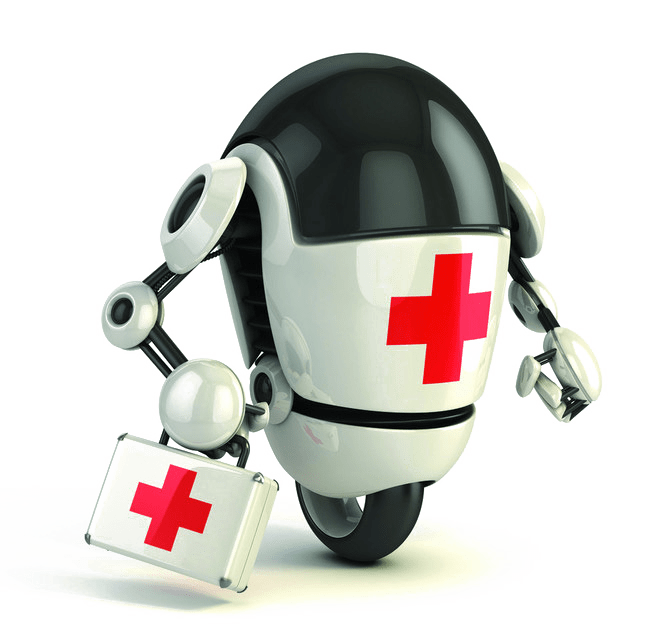
AI ETHICS IN HEALTH CARE
Artificial intelligence (AI) is rapidly entering health care and serving major roles, from automating drudgery and routine tasks in medical practice to managing patients and medical resources. As developers create AI systems to take on these tasks, several risks and challenges emerge, including the risk of injuries to patients from AI system errors, the risk to patient privacy of data acquisition and AI inference, and more. Potential solutions are complex but involve investment in infrastructure for high-quality, representative data; collaborative oversight by both the Food and Drug Administration and other health-care actors; and changes to medical education that will prepare providers for shifting roles in an evolving system.
Artificial intelligence (AI), which incorporates the fields of machine learning, language processing, and artificial intelligence, may be applied to virtually any field of drug analysis, medical education, and delivery of health care, and its potential contributions to medicine appear limitless. With its strong ability to integrate and learn from massive sets of clinical information, AI will play a role in diagnosing, clinical higher cognitive processes, and personalised drugs. For instance, AI-based diagnostic algorithms applied to mammograms are helping in the detection of skin cancer, serving as a "second opinion" for radiologists. Additionally, advanced virtual human avatars are capable of participating in meaningful conversations, which has implications for the diagnosis and treatment of medical illnesses.
This theme issue of Ethics aims to tackle a number of the moral dilemmas that arise once AI technology is employed in health care and medical education. Among the most pressing issues raised by this issue are addressing the additional risk to patient privacy and confidentiality, delineating the boundaries between the physician's and machine's roles in patient care, and adjusting future physician education to proactively confront the upcoming changes in drug application. addition, dialogue on these considerations can improve medical practitioner and patient understanding of the role AI will play in health care, serving stakeholders by developing a sensible sense of what AI will and can't do. Finally, physicians who use AI technology in their practise will benefit from anticipating potential moral pitfalls, differentiating doable solutions, and making policy recommendations.
One major theme to be addressed during this issue is the way to balance the advantages and risks of AI technology. There's a profit to be made in fleetly grouping AI technology into the health care system, as AI poses the chance to enhance the potency of health provision and the quality of patient care.